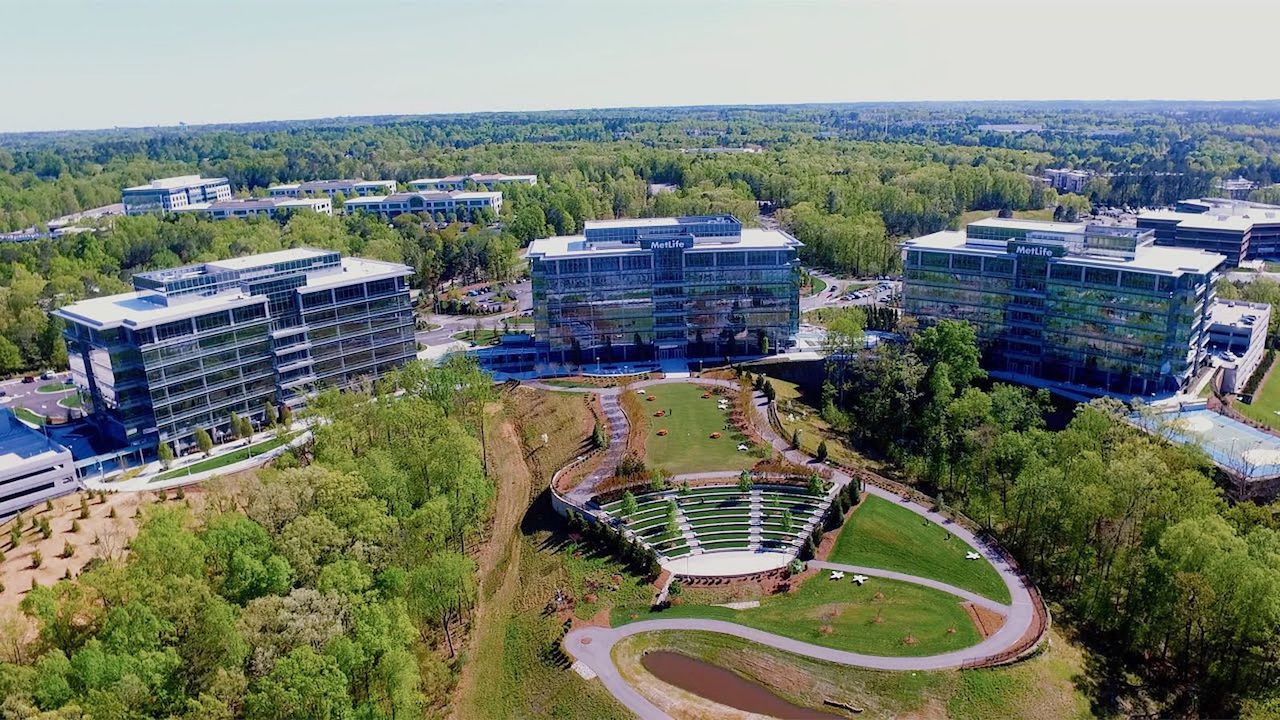Unveiling the grandiose nature of Apple’s proposed Research Triangle Park campus in North Carolina, recent documents shed light on this enormous project, set to transform the local landscape, despite its completion date being several years down the line.
The vision for the future
Engaged in an ambitious construction project in Raleigh, Apple is at the helm of developing a 281-acre campus. The sprawling site, poised to house commercial offices, extensive parking facilities, streets, and a dedicated utility plant, is set to redefine the region’s architectural landscape.
This gargantuan undertaking will see the rise of six buildings in its initial phase, with a possibility of further expansion on the horizon. Nestled in the untouched woodland near Cary and Morrisville, the campus project is tagged with a whopping price tag of $552 million.
Apple has expressed plans to employ a minimum of 2,700 staff at this future site within the next decade, a number that could potentially swell to 3,000. As of now, Apple occupies leased office space at the MetLife campus in Cary.

In an advantageous deal with the state, Apple could enjoy over $845 million in payroll tax relief until 2061 through a Job Development Investment Grant, contingent on meeting predefined hiring and investment targets. Apple’s lofty $905.4 million investment commitment to North Carolina includes the new Wake County site and expansion of a data center in Catawba County.
However, the grant agreement gives Apple breathing room until the end of 2031 to fulfill this commitment, or risk defaulting. Recently shared by The News & Observer, site documents, curated by Durham’s McAdams engineering firm, cover a spectrum of environmental reports, including stormwater, downstream impact, erosion control, fire flow, and commercial site specifics.
Approval pending
The campus’s construction progress depends on Wake County’s planning staff green-lighting the proposed site. Should Apple fail to create at least 126 new job opportunities by the end of 2023, it could risk eligibility for state incentives.
We’d love to hear what you, our valued readers, think about this massive project. Please share your thoughts with us in the comments section below!













